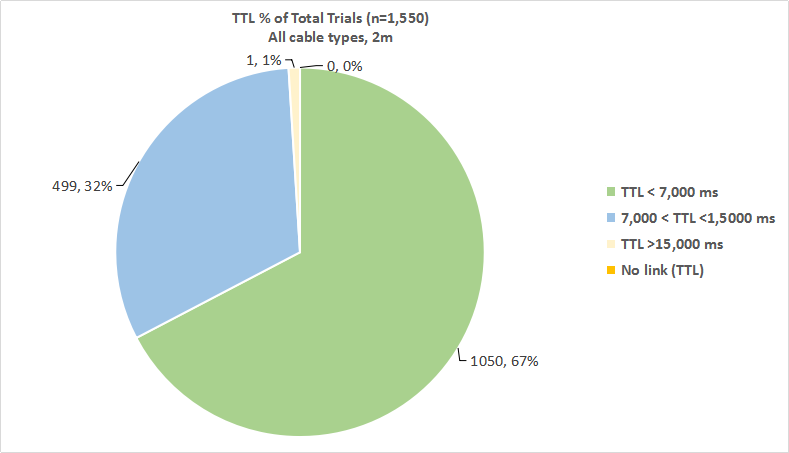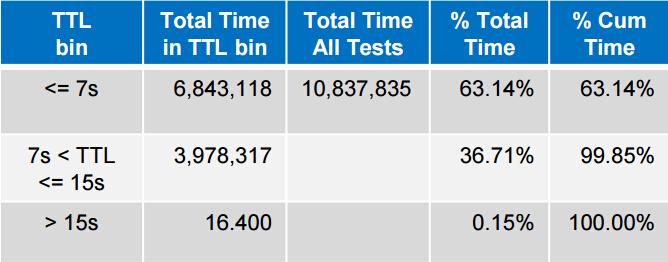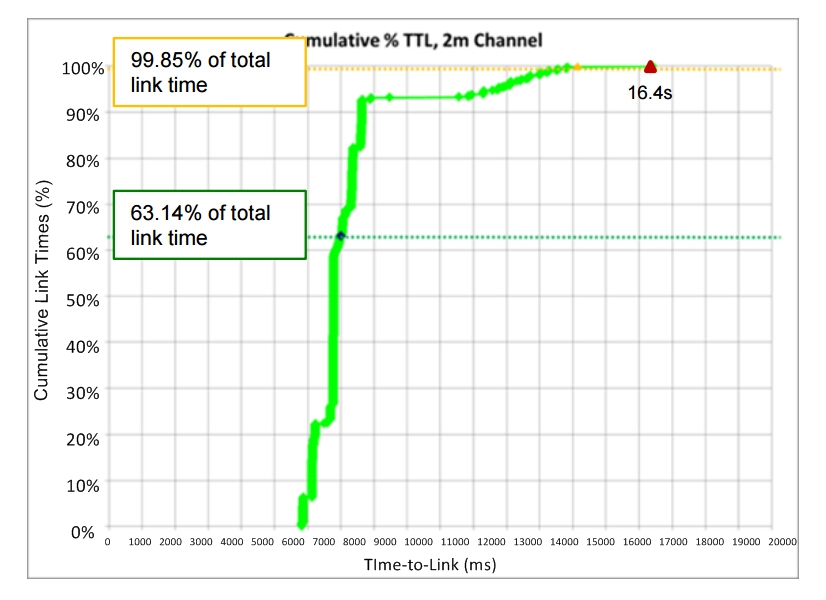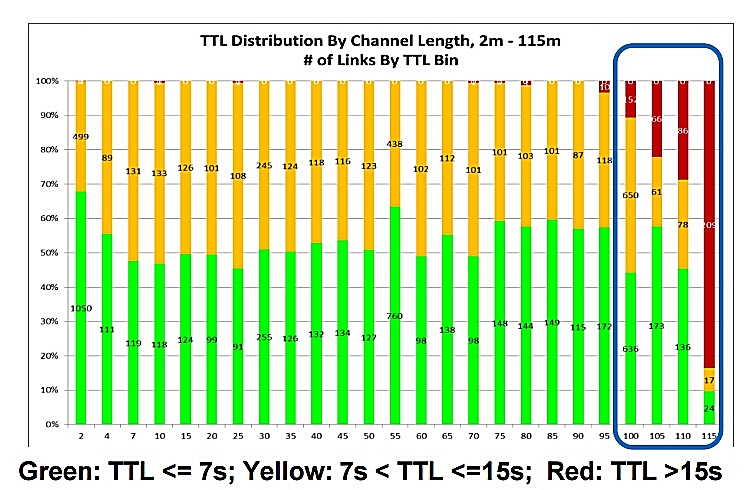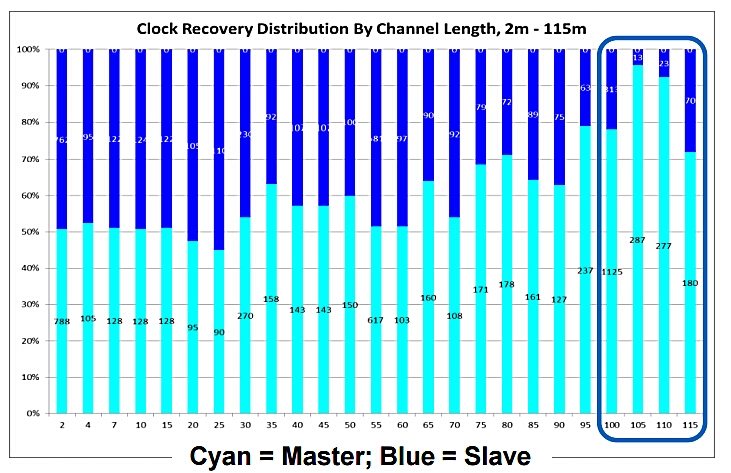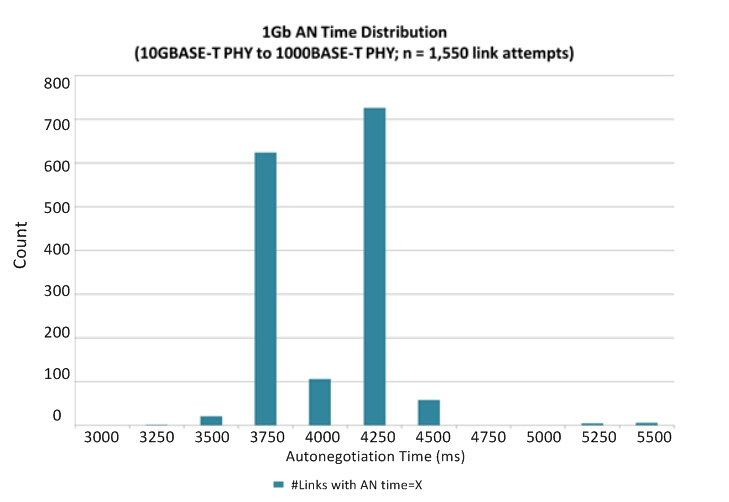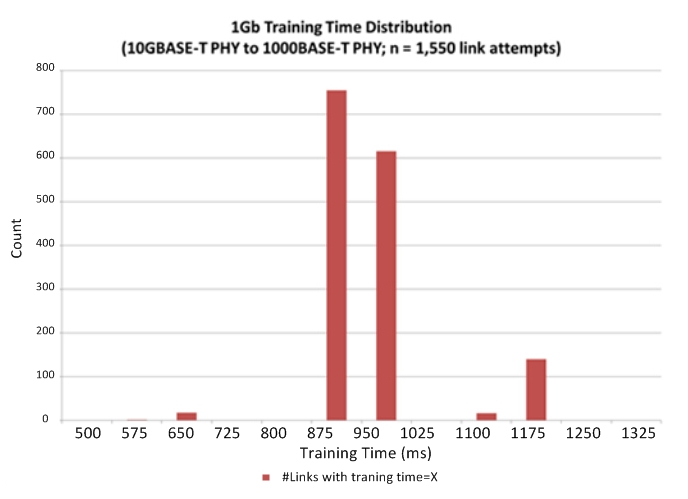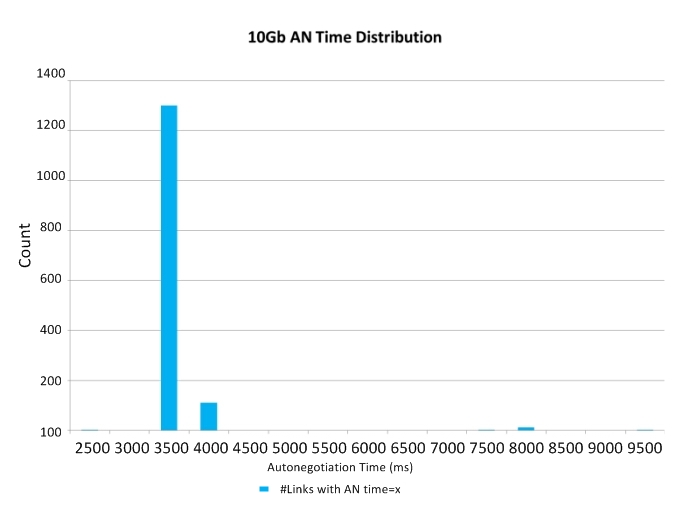Ethernet cable has never stopped its development to cater for the ever increasing demand of higher performance data center. Cat5e and Cat6 RJ45 cables are two most commonly used Ethernet cables in current market. As their names implied, the difference between them are defined by the number and letter “5e” and “6”. What do these terms mean? Cat5e vs Cat6 RJ45 cable: What’s the difference? This article is dedicated to answering this question.
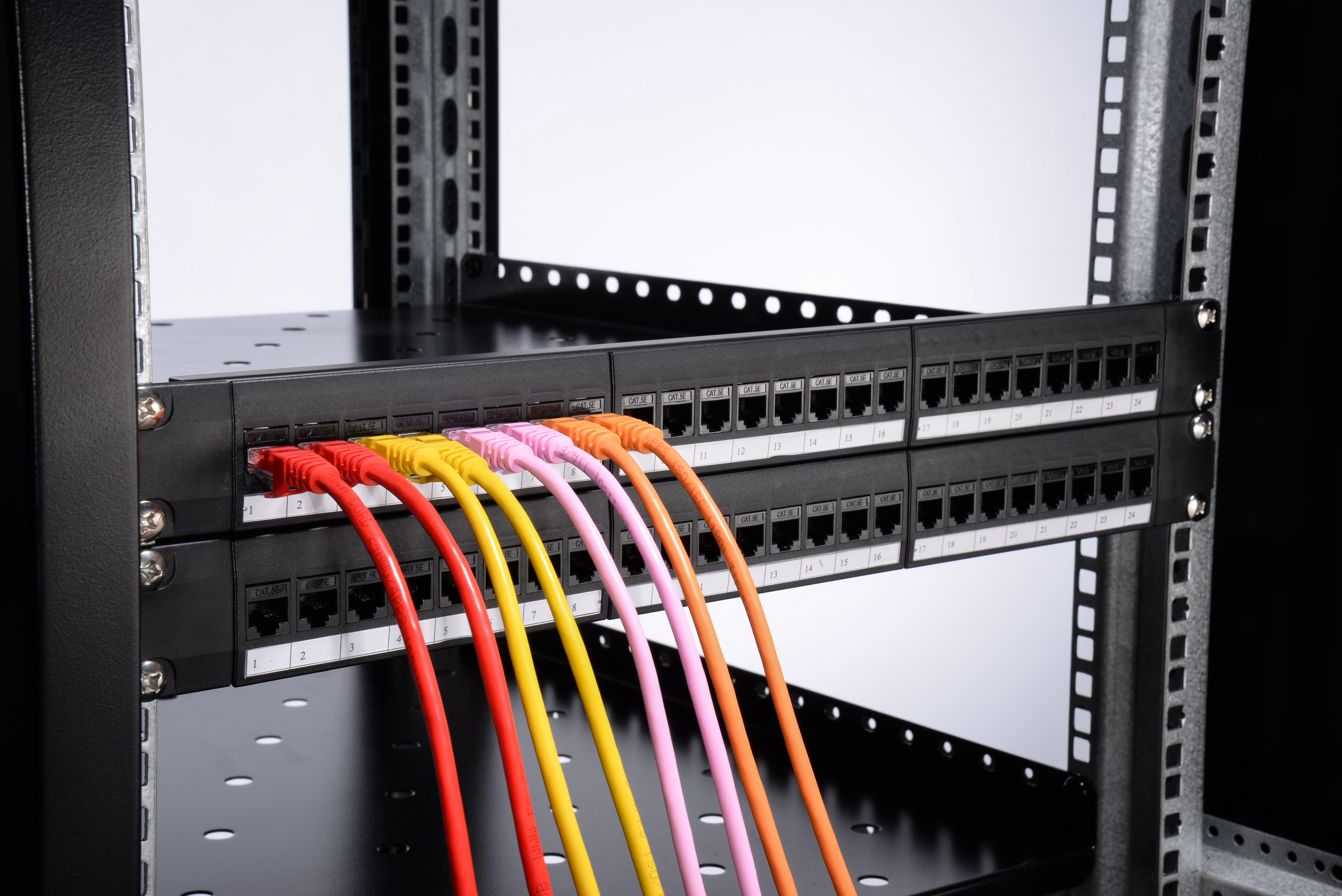
Figure 1: Cabling of Cat5e vs Cat6 RJ45 cable.
Cat5e and Cat6 are two different Ethernet cables classified by standard categories. The “Cat” refers to “Category of cable”, and the terms “5e” and “6” refer to different standard of category.
Cat5e cable (Category 5e cable) is an enhanced version of Cat5. While inheriting the construction and 100MHz bandwidth of its predecessor, Cat5e improves performance by introducing optimized specifications in data rate and crosstalk defense. It transfers data at 10 times the speed of Cat5 cable, up to 1000Mbps. It supports Gigabit Ethernet and frequently used in home networking environment with various lengths and premise wiring.
Figure 2: This photo shows a Cat5e UTP Ethernet patch cable.
Cat6 cable (Category 6 cable) is a standard twisted-pair cable for Ethernet and other network layers. It has a 250MHz bandwidth and can rate up to 10Gbps in a limited distance of 55 meters. It can also reach to 100 meters (328 feet) at a slow rate of 1000Mbps. For its high speed, Cat6 cable is widely used to handle 10GbE. Moreover, Cat6 has excellent capability to reduce crosstalk due to improved shielding and twisted-pair cable design.
Figure 3: This photo shows a Cat6 UTP Ethernet patch cable.
| Category | Cat5e | Cat6 |
| Interface | RJ45 | RJ45 |
| 4 twisted-pair Wires | Yes | Yes |
| Bandwidth | 100MHz | 250MHz |
| Maximum Length | 100 m | 100m in slow network (≦1000Mbps); 55m in high network (10Gbps) |
| Data Rate | 1Gbps | 10Gbps over short distance (33-55m); 1Gbps within 100m |
| Crosstalk | Far Less than Cat5; More than Cat6 | Less crosstalk; high SNR |
| Cost | cheaper | 20% higher |
As the table shown, although Cat5e and Cat6 RJ45 cable share commons in RJ45 connector and construction feature of twisted-pair copper wires, they are totally different standards of Ethernet cable. Cat5e RJ45 cable has lower level of transmission performance, while Cat6 RJ45 cable is optimized with a 250MHz bandwidth, higher data rate and stronger resistance to crosstalk and noise. The following passage will focus on the illustration of their functional differences.
Both Cat5e and Cat6 are comprising of 4 twisted-pair copper wires with a longitudinal separator to isolate them. This design can reduce electromagnetic interface among different wires. Compared with Cat5e, while providing equal level far end crosstalk (FEXT), return loss and insertion loss, Cat6 features lower near end crosstalk (NEXT). Simply put, Cat6 cable have high SNR (Signal Noise Ratio), which provide less noise, fewer errors and higher data rate in signal transmission.
Cat5e cable is limited at a 100MHz bandwidth, while Cat6 cable has a high bandwidth of 250MHz, which leads to different data rate. Cat5e can reach up to 1Gbps at a distance of 100 meters. The data rate of Cat6 varies based on its maximum length. Over long distance transmission within 100 meters, maximum data rate of Cat6 is 1000Mbps. In short length limited in 55 meters, it can support 10 Gigabit Ethernet. It is noted that in high crosstalk condition a transfer distance only within 33 meters is available.
This article made a comparison and contrast between Cat5e vs Cat6 RJ45 cable. While finding some similarities, it focus on their functional difference: crosstalk resistance ability and data rate. Cat6, as a descendant of Cat5, it owns higher standard of SNR and data rate, which gives it an edge in higher performance conditions required 10 Gigabit Ethernet.



